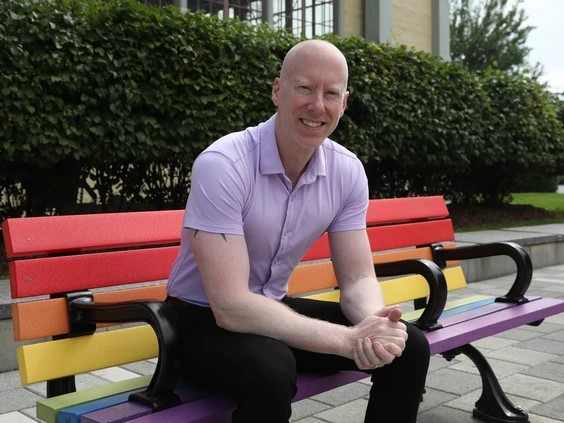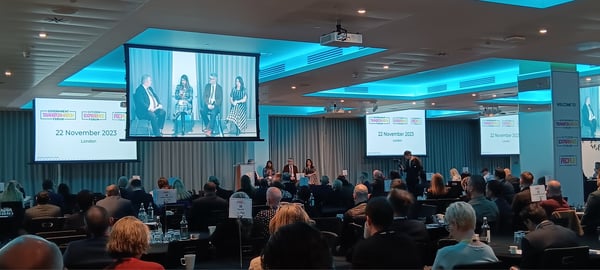Canada’s Director of Digital Talent on breaking barriers for Indigenous People in tech
A new IT apprenticeship for Indigenous People is breaking down long-standing institutional barriers to create a more inclusive Government of Canada, says Anna Wong, Director of Digital Talent Development at the Treasury Board of Canada Secretariat.
First Nations People, Métis and Inuit are still significantly underrepresented in roles and leadership positions across the Government of Canada. When it comes to Indigenous involvement in the tech sector, this number is even lower, “it’s basically on the floor,” Wong says.
The HR Tech Group reported that Indigenous People represent just 0.7% of the Canadian tech workforce due to systemic barriers, historic exclusion and the inability to access physical or digital technology training opportunities.
Against this backdrop, Wong and her team have launched the IT Apprenticeship Program for Indigenous People, an initiative designed specifically to address employment gaps for First Nations, Inuit, and Métis peoples in the IT field.
Throughout the two-year programme, apprentices are offered a mix of on-the-job learning and formal training, alongside mentoring and guidance. At the end of the apprenticeship, successful graduates are issued a digital certificate, fulfilling the alternative educational requirement of the IT minimum Qualification Standard in the Government of Canada.
By focusing on a person’s potential, rather than on their education level, the program removes one of the biggest barriers that exists when it comes to employment within the digital economy.
“If you don't have a two-year diploma in the federal public service, every time you try to get a new job within the government, you have to prove that you meet the role requirements. You have to write a long, very dehumanising application - which is essentially forcing people to revalidate why they belong there," Wong explains. "We worked with colleagues in the Chief Human Resources Officer of Canada to ensure that graduates on this apprenticeship programme will never have to go through that process."
The creation of a digital certificate means graduates meet the combination of education, training or experience typically required to enter the federal public service. “It seems like a small thing, but it's going to drive huge culture change by recognising that there are other, legitimate paths into government tech roles,” Wong explains.
Canada is a large country but job opportunities are still largely located in the Ottawa area where the Capital is. In order to be as accessible as possible, the apprenticeship programme is offered to indigenous people in their own community; incorporating the preferences and needs of Indigenous learners while recognising the importance of community.
Beyond just opening the door to Canada’s Indigenous People, the programme actively markets and connects graduates to IT positions in government, Wong explains. “It is a mutually beneficial arrangement because government departments are constantly looking for skilled, talented recruits and our graduates are looking for interesting places to work with meaningful initiatives.”
There have been 100 applicants since the programme opened in February, but Wong is already looking at how to get “the next 1000.”
The apprenticeship is currently active in two of Canada’s government agencies but will soon be available in other departments. Wong and her team are also looking at how to implement similar schemes for other diverse groups in Canada.
Small and targeted
This “small and targeted” approach, as Wong calls it, is helping to drive culture change more effectively. "Rather than trying to boil the ocean with blanket diversity policies that don’t really reach the root of the problem, we are looking at specific groups of people, identifying what the concrete problems are – and fixing them."
The IT apprenticeship program for indigenous people may only impact part of Canada’s diverse population "but it does so in a very meaningful way,” Wong explains. “To enact real change and become a more diverse government, this is where the focus needs to be; finding solutions to real problems and real business needs, then scaling them.”






